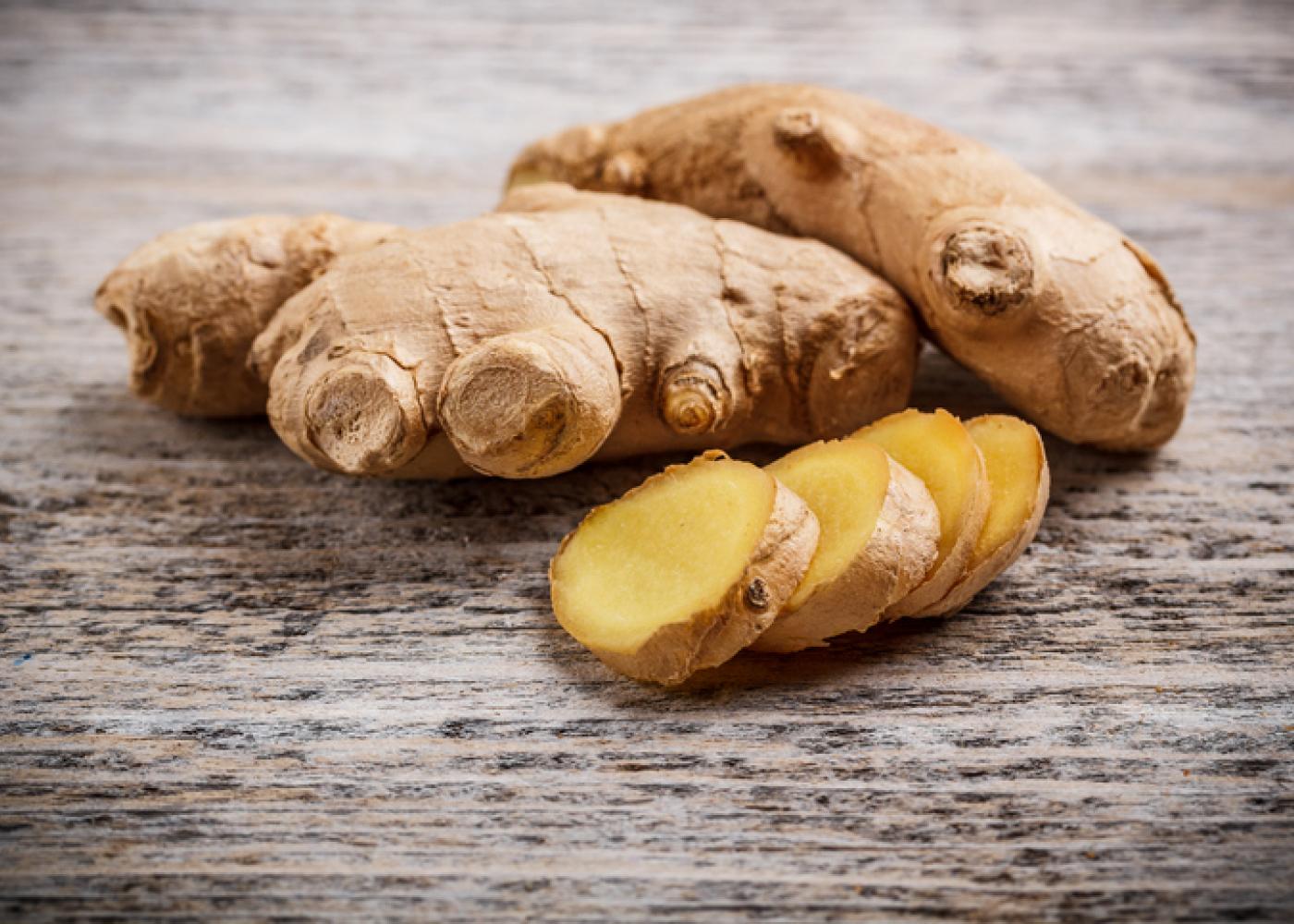Edible ginger is so easy to grow at home

Health Benefits:
We now know that ginger is among the healthiest spices on the planet because it is loaded with nutrients and bioactive compounds which have powerful benefits for your body and brain. The unique fragrance and flavor of ginger comes from its natural oils, with gingerol being the most important bioactive compound found in ginger root, and responsible for much of its medicinal properties. Modern scientific research has revealed that ginger possesses numerous therapeutic properties including antioxidant effects, an ability to inhibit the formation of inflammatory compounds, and direct anti-inflammatory effects. Traditionally, ginger has always been known as a pain killer, and it has also been shown to lower blood sugar levels, and to improve various heart disease risk factors in patients with type 2 diabetes. In a study done in 2015, of 41 participants with type 2 diabetes, 2 grams of ginger powder per day lowered fasting blood sugar by 12%. These results are incredibly impressive, but they need to be confirmed in larger studies before any recommendations can be made. Studies also confirm that ginger extract can inhibit the growth of many different types of bacteria and this is especially effective against the oral bacteria linked to inflammatory diseases in the gums, such as gingivitis and periodontitis. Ginger contains both vitamins B5 and B6 that are needed for the body’s energy production. In addition, it also contains potassium, magnesium, manganese and copper - many good reasons to add ginger liberally to dishes, or herbal teas.
Cultivation, Harvesting & Storing:
Fresh ginger root is easy to grow at home, provided you get a few basics right, and whether you are growing it in a pot or in the ground, its growth requirements remain the same. Ginger, like many other tropical plants loves a sheltered spot, filtered sunlight, warm weather, humidity, and rich, moist soil. What ginger can’t stand is frost, direct sun, strong winds, and soggy, waterlogged soil. If you don’t live in the tropics, and even if you don’t have a garden, because ginger is one of those miraculous herbs that thrives in partial to full shade, and grows beautifully in pots, you can even grow it in your home year-round. If you can purchase seed or a plant from a garden Centre or seed catalogue, this is the best way to grow ginger. However, ginger can be hard to find from garden suppliers, so it may be worthwhile to try planting fresh ginger root purchased from your local grocery store or farmers market. It is best to purchase organically grown ginger, because store-bought rhizomes are often sprayed with a growth inhibitor to keep them from sprouting and thus extending their shelf life. Unfortunately, this may also prevent them from sprouting at home. Often, even if the rhizome does shoot it may produce spotty results, with some plants growing perfectly fine, while others just seem to sit in the pot, and never really take off. Many gardeners recommend that store-bought roots be soaked in water overnight to remove as much growth inhibitor as possible. The root you select to plant should be plump with tight skin, not shriveled and old. It should have several eye buds on it (bumps that look like potato eyes) and if they’re already a little green, this is a good sign. If your root has several eye buds, it can be cut and each bud placed in a separate pot. If you are planting into pots, be sure to pick the right one, because ginger roots grow horizontally and the plant prefers shallow, wide pots. Ensure that the pot has sufficient drainage holes and never allow your potted specimen to stand directly in a drip tray full of water. Rather raise the pot on ‘pot feet’ or pebbles so it stands above the water in the tray. Plant the ginger root with the eye buds pointing up, and five to ten centimeters deep. Keep the soil moist but not soggy. After a few weeks shoots should start popping up, and the plants will slowly form a dense clump. Established rhizomes don’t seem to mind if they become a bit crowded, and if you harvest regularly, this won’t become a problem. While actively growing ginger needs a lot of moisture and the soil should never dry out completely. It also loves humidity, so if you have problems with dry air, regular spraying and misting might help. If you are growing ginger in the ground, mulch it thickly as this will help to keep the ground moist and suppress weeds. If your ginger is in good, rich soil it shouldn’t need anything more than some fresh compost every year. If you don’t have good garden soil, or are growing in pots, you may have to feed regularly, or you can work in some organic slow release fertilizer into the soil at planting time. Later, apply liquid fertilizer, like a seaweed or fish emulsion every few weeks. If you are growing ginger in pots you can harvest small pieces of what is called “green ginger” after 3 to 4 months. Green ginger has a much milder taste than mature ginger, and is harvested by gently scraping away some of the soil at the edges of the pot to find a root, and cutting the required amount off a ‘finger’ of the rhizome before replacing the soil. Ginger can be harvested in this way endlessly, and as long as the plant is well cared for, it will continue to produce roots. If you wish to harvest the entire crop all at once, remember, newly planted ginger will take about eight to ten months to reach a suitable size for harvesting. No matter whether you are growing ginger on a larger scale in the garden, or in pots, towards the end of summer, as the weather starts cooling down, your ginger will start to die back. Slowly reduce the amount you water and allow the soil to almost totally dry out. This will encourage the ginger to form more roots, and once all the leaves have died down you can uproot the entire plant, replanting a few rhizomes straight away, to start the process all over again. Water well after planting and then keep the soil reasonably dry and cool, so the plant can go dormant through winter. If the roots do still receive water in the garden along with other plants, it won’t hurt them, as long as the soil has perfect drainage. In spring, slowly start watering once again and the plant will soon show signs of regrowth. Ginger may be stored un-scraped, partly scraped, or scraped and peeled. Immediately after harvesting, the rhizomes are scalded by placing them in boiling water for a few seconds. They can then be scraped lightly to prevent sprouting. You can also simply peel, chop, and freeze the whole lot. Brandied ginger keeps like fresh, and is yet another great way to store it - simply cut it into small chunks and store in a bottle of brandy.


